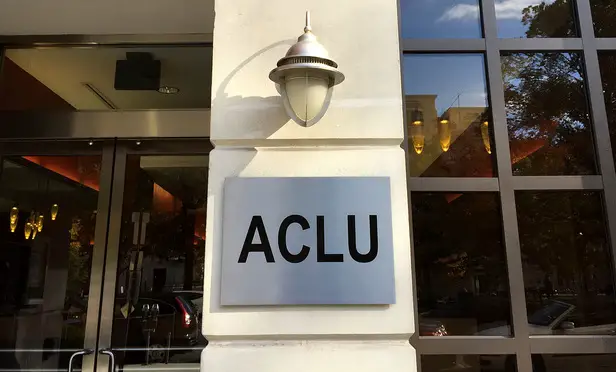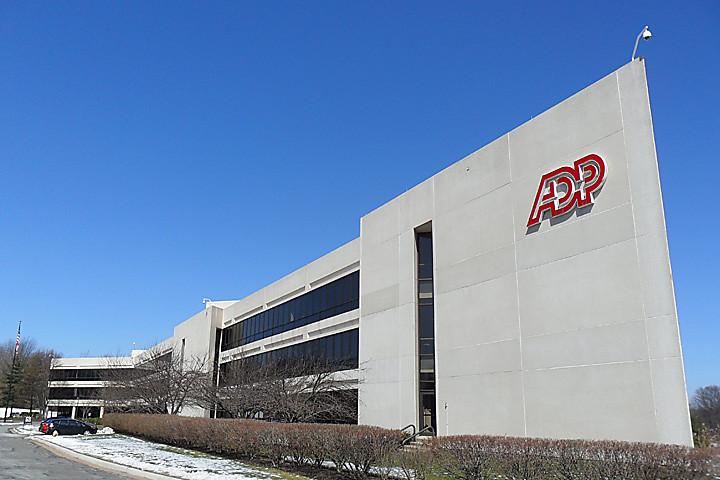VA (Veterans Affairs) Mission and Vision Statements Analysis

VA mission statement is “to fulfill President Lincoln’s promise “To care for him who shall have borne the battle, and for his widow, and his orphan” by serving and honoring the men and women who are America’s veterans.” The statement echoes the reverence given to the men and women who serve in the American military with honor. It shows that this body is tasked with the responsibility of serving them respectfully similar to how they served their nation as well. The statement by VA has the following components:
- Improving health
- Improving lives
- Exceeding expectations
Primarily, VA (Veterans Affairs) is responsible for the healthcare of the eligible veterans in the U.S. Just as stated in the first component, the institution focuses most of its efforts to address the health needs of these individuals through its VA medical centers across the nation. VA takes the health of these individuals so seriously that it has a fully operational public health system that constantly monitors their health to prevent them from diseases.
Since these facilities have been upgrading their approach to health in the last decades, today they top the health research in the U.S. Such progress shows how advanced the healthcare services that veterans receive are. Fortunately, the outcomes of research at VA are not limited to the veterans alone. They trickle down to the rest of the U.S. citizens irrespective of their status, and this contributes to their quality of life.
There are many other ways that VA (Veterans Affairs) contributes to the wellness of American society to improve their lives in addition to those of the veterans. In the final component, VA proves that it does more by extending its services to the beneficiaries of the veterans. It also offers other empowering assistance such as home loans and disability compensation. Finally, VA has demonstrated its commitment to the veterans’ welfare through the VA innovation center that addresses other veteran-related problems.
Introduction
Veterans Affairs Agency (VA) is responsible for the healthcare services of military veterans who are eligible for this program in different capacities. The congress founded body also offers the veterans other benefits such as vocational rehabilitation, home loans, and disability compensation among many other non-healthcare services. Since 1989, VA has been leading in the caring for these heroes just as stated in its mission and vision statements.
A corporate vision statement identifies the future goals that an organization strives to accomplish, while a corporate mission statement outlines the various strategies that the management would implement to achieve this future. In this case analysis of VA, both the mission and the vision statement are clear about the role of this organization in caring for the veterans across the United States. For instance, the vision statement of VA shows that it is the pride of the entire nation to have a working system that meets the needs of the American veterans and their immediate beneficiaries.
Similarly, the mission statement states that treating these individuals with utmost respect and care is the least the U.S can do for the sacrifice they have made for their nation. To ensure that all the activities of VA meet all the needs of the veterans, the body has a set of core values that guides it. These core values ensure that VA (Veterans Affairs) remains committed to the achievement of its mission and vision.
Vision Statement
VA vision statement is “to provide veterans the world-class benefits and services they have earned – and to do so by adhering to the highest standards of compassion, commitment, excellence, professionalism, integrity, accountability, and stewardship.” The statement contends that the veterans, through their national service, earned specific benefits and that these are their rights. Based on this recognition, the vision statement emphasizes the need for observing the best attitudes while honoring these services. The following components are a part of this vision statement by VA:
- Acknowledge the veterans
- World-class benefits and services
- Practice the best standards of delivery
VA is all about the veterans, something that the first component of this vision statement makes clear. This is cemented by the veterans health administration declaration that care of the veterans is its mission.
All the other services of this organization are also targeted towards the veterans or their beneficiaries, proving how celebrated they are in the U.S. Due to this respect, the organization indicates that their services have to meet a level that is consistent with the amount of sacrifice they made while serving their country. That is why the body specifically indicates that the country owes them world-class benefits. To achieve this, there is a need for sufficient planning and funding by the government to run the operations of the VA.
The VA Plans, Budget, and Performance section in the site of this organization is proof that this organization diligently runs the veterans affairs. The last component emphasizes that the delivery of these services must also reflect the respect that the veterans deserve. It states that the responsible organization, together with its workforce, must display top standards while doing so.
Core Values
VA core values comprise “integrity, commitment, advocacy, respect, and excellence.” Considering that VA deals with very sensitive matters of the veterans, the healthcare and related benefits, best behavior while dealing with these national heroes is imperative.
To achieve the expectations and responsibilities bestowed on it by the Congress, VA adopted these core values to guide its internal operations. Their applications within this institution have created a friendly culture driven by the desire to do the right things and in the right way. All the stakeholders at VA respect the moral principles of this organization as demonstrated by the healthy bonds between the veterans and VA.
At VA, it is also clear that everyone is committed to devising the best strategies of serving the veterans. Such a passion is evidence that the body is fully veteran-centric and only prioritizes their needs above all others. In addition, the success of VA since 1989 comes down to the constructive relationships between the various players in this organization due to the core values.
References
- Brătianu, C., & Bălănescu, G. V. (2008). Vision, mission and corporate values. A comparative analysis of the top 50 US companies. Management & Marketing, 3(3), 19-38.
- Calder, W. B. (2014). Achieving an Institution’s Values, Vision, and Mission. College Quarterly, 17(2), n2.
- Collins, J. C., & Porras, J. I. (1996). Building your company’s vision. Harvard business review, 74(5), 65.
- French, S. N., Kelly, S. J., & Harrison, J. L. (2001). Operationalizing vision and mission. Journal of Management & Organization, 7(2), 30-40.
- Gottlieb, H. (2007). 3 Statements That Can Change the World: Mission/Vision/Values. 3 Statements That Can Change the World: Mission/Vision/Values.
- Kernaghan, K. (2003). Integrating values into public service: The values statement as centerpiece. Public administration review, 63(6), 711-719.
- Khalifa, A. S. (2012). Mission, purpose, and ambition: redefining the mission statement. Journal of Strategy and Management.
- King, D. L., Case, C. J., & Premo, K. M. (2010). Current mission statement emphasis: be ethical and go global. Academy of Strategic Management Journal, 9(2), 71.
- Mirvis, P., Googins, B., & Kinnicutt, S. (2010). Vision, mission, values. Organizational Dynamics, 39(4), 316.
- Sidhu, J. (2003). Mission Statements: Is it Time to Shelve Them? European Management Journal, 21(4), 439-446.
- Urde, M. (2003). Core value-based corporate brand building. European Journal of Marketing, 37(7/8), 1017-1040.
- VA – About.












Hi my name is mark Dellerman a newly relocated veteran in the wonderful state of Iowa , Iowa City . A beautiful state , and city trying to leave a previous problem in the past and am looking to find a new start here . My immediate needs in housing as well as medical are desperately needed , and as a veteran want to truely thank you for your approach and mission to so many in need in this era of life . Difficultly is to say the least . And if there is any clear directions , yet bullet point due to my difficulties understanding would be greatly appreciated…
God Bless our Veterans and families and God Bless our Va.
Mark Dellerman